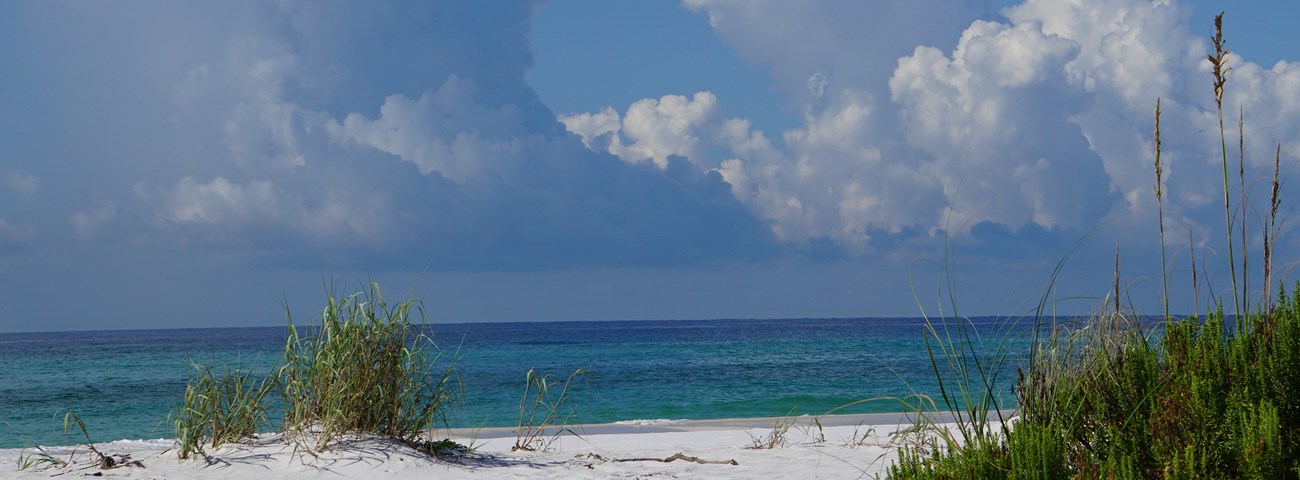Last updated: February 13, 2025
Article
Beach Segregation

NPS/Willis
We all love spending a warm day on a beautiful beach. However, there was a time when public beaches were not open to all to enjoy. Public beaches, like many other public facilities such as schools, swimming pools, theaters, and restaurants, were segregated. This segregation came in the form of local and state laws, as well as, “understood” social norms. Collectively these laws and social norms were known as Jim Crow.
In many places along the Gulf Coast the requests by African Americans for access to public beaches often fell on deaf ears. Without access to public beaches, many were denied the joy and safety of swimming and playing at public beaches. Many black children drowned as they swam in unsafe and unsupervised bodies of water.
In areas were African Americans were allowed to access public beaches, most were in very remote, polluted, and hazardous areas. A rare exception to this was the eastern end of Perdido Key, which is preserved by the national seashore today as Johnson Beach.
Similar to peaceful protests at restaurants, known as sit-ins, Dr. Gilbert Mason Sr. led a series of protests against segregated beaches called “wade-ins”. He believed all Americans should have equal access to public beaches maintained with taxpayer dollars. For these “wade-in” protests, Mason and his followers would wade into the Gulf waters of Biloxi, Mississippi beaches. These peaceful protesters were met in many cases with violence from white rioters and many were also arrested. The Justice Department finally won a lengthy battle over these segregated beaches in Mississippi in 1968. The hard-fought battle resulted in public beaches being open to all, regardless of color.
“Wade-in” style protests, like the ones in Mississippi, occurred in other parts of the country as well. These protests provided a way for black Americans to speak out against segregated beaches. The efforts of these brave advocates for change ensured that public beaches are open and accessible to all Americans to enjoy.
https://www.washingtonpost.com/news/posteverything/wp/2018/06/19/beaches-that-are-havens-for-black-vacationers-now-used-to-be-our-only-options/
https://www.history.com/news/how-civil-rights-wade-ins-desegregated-southern-beaches
